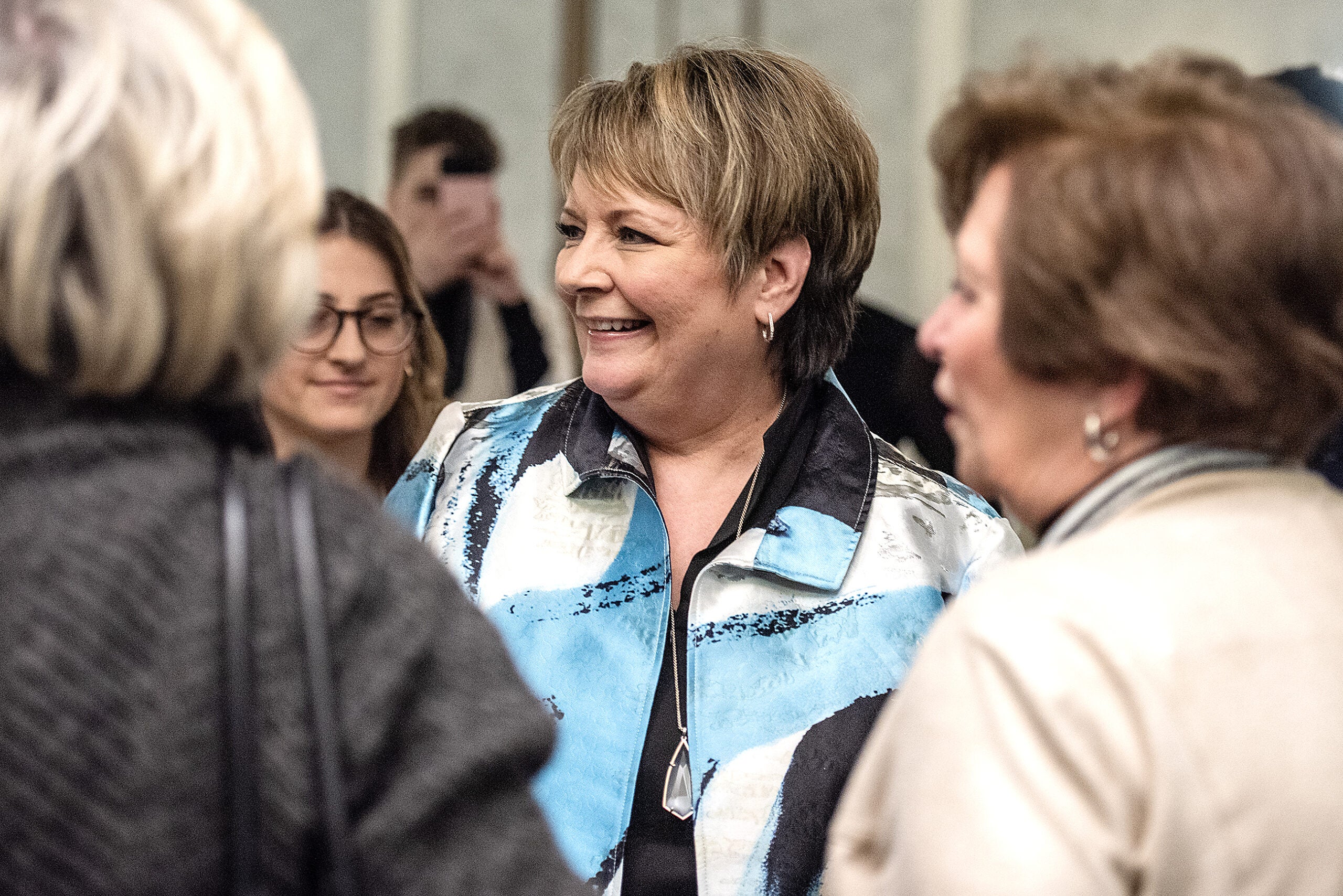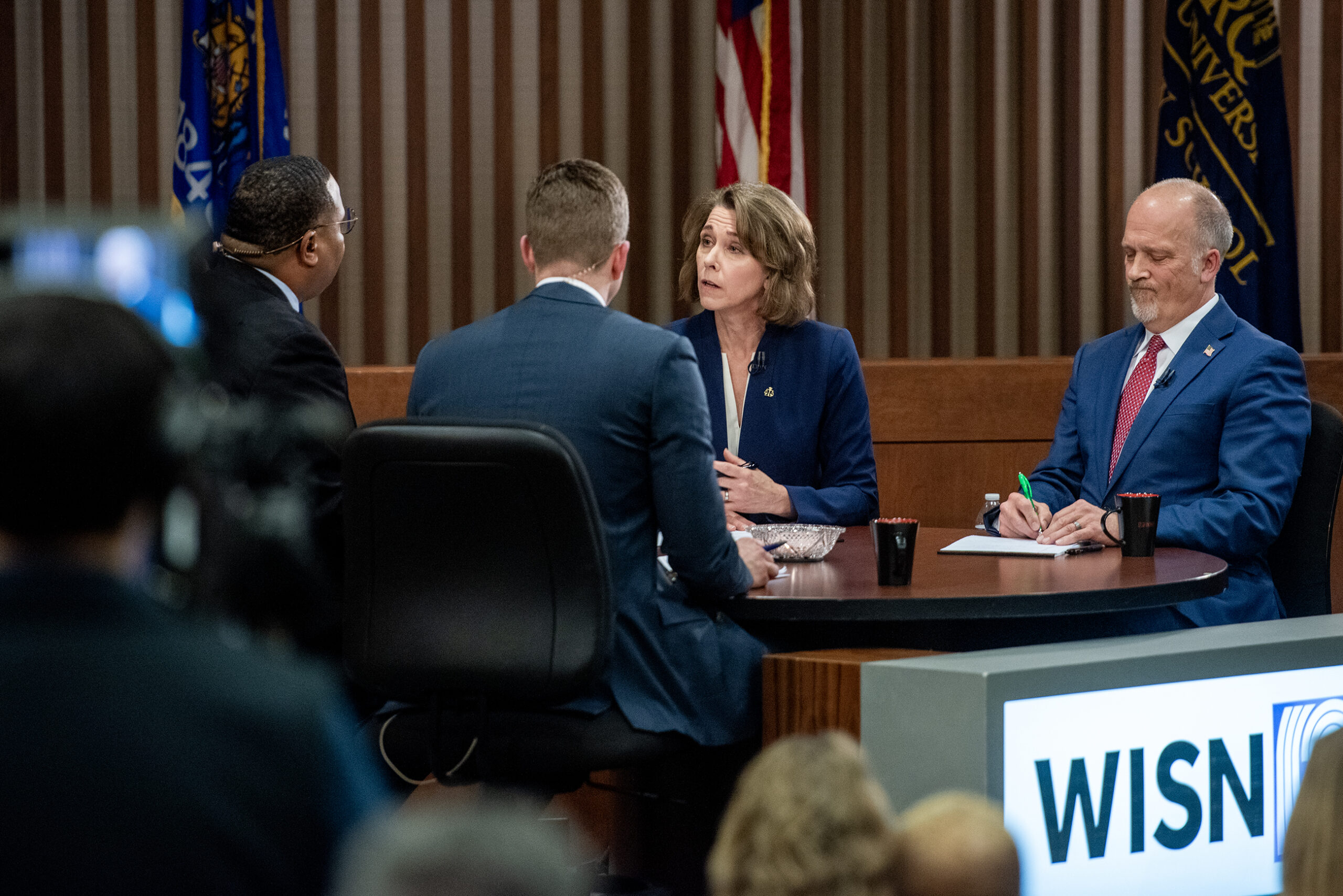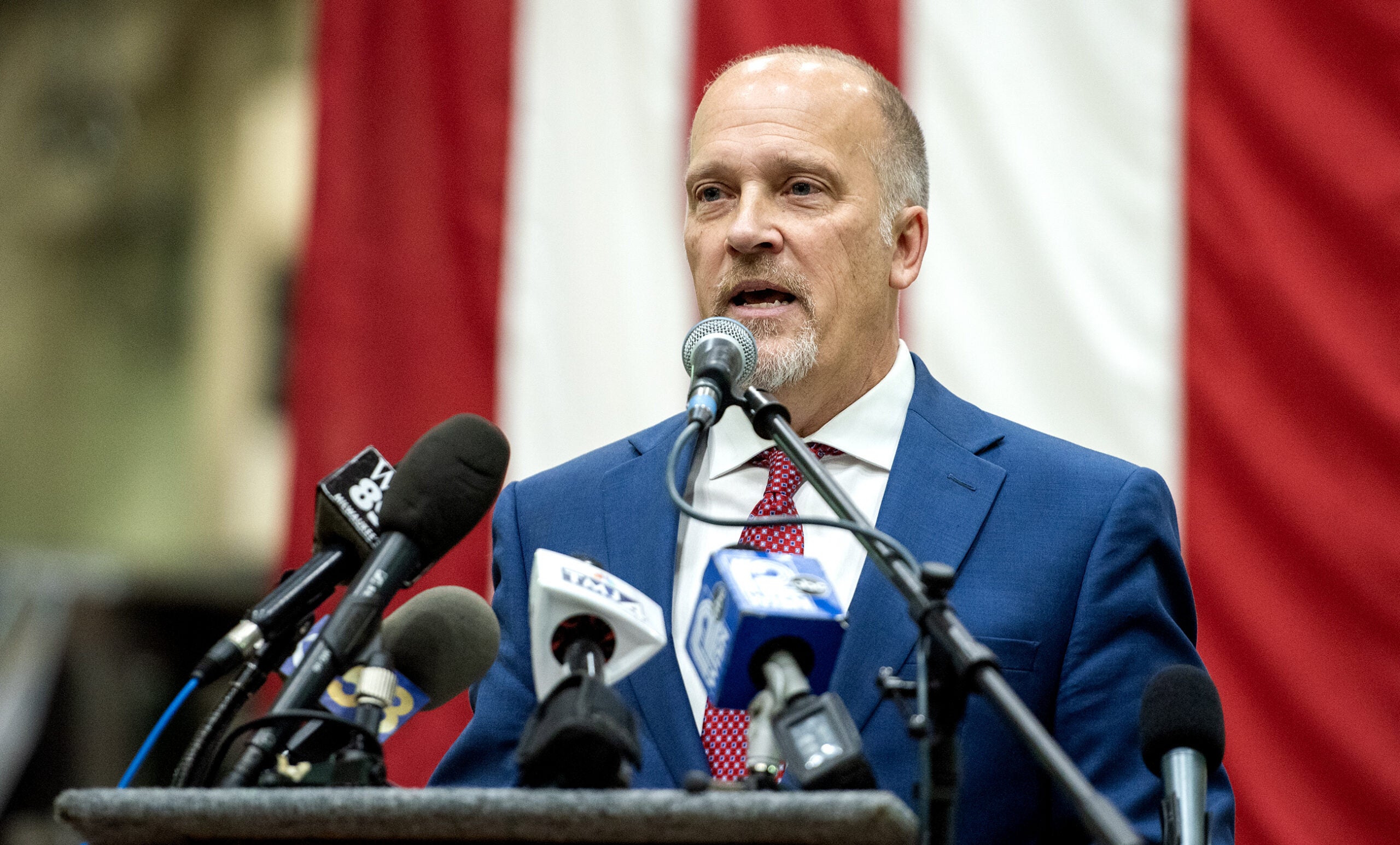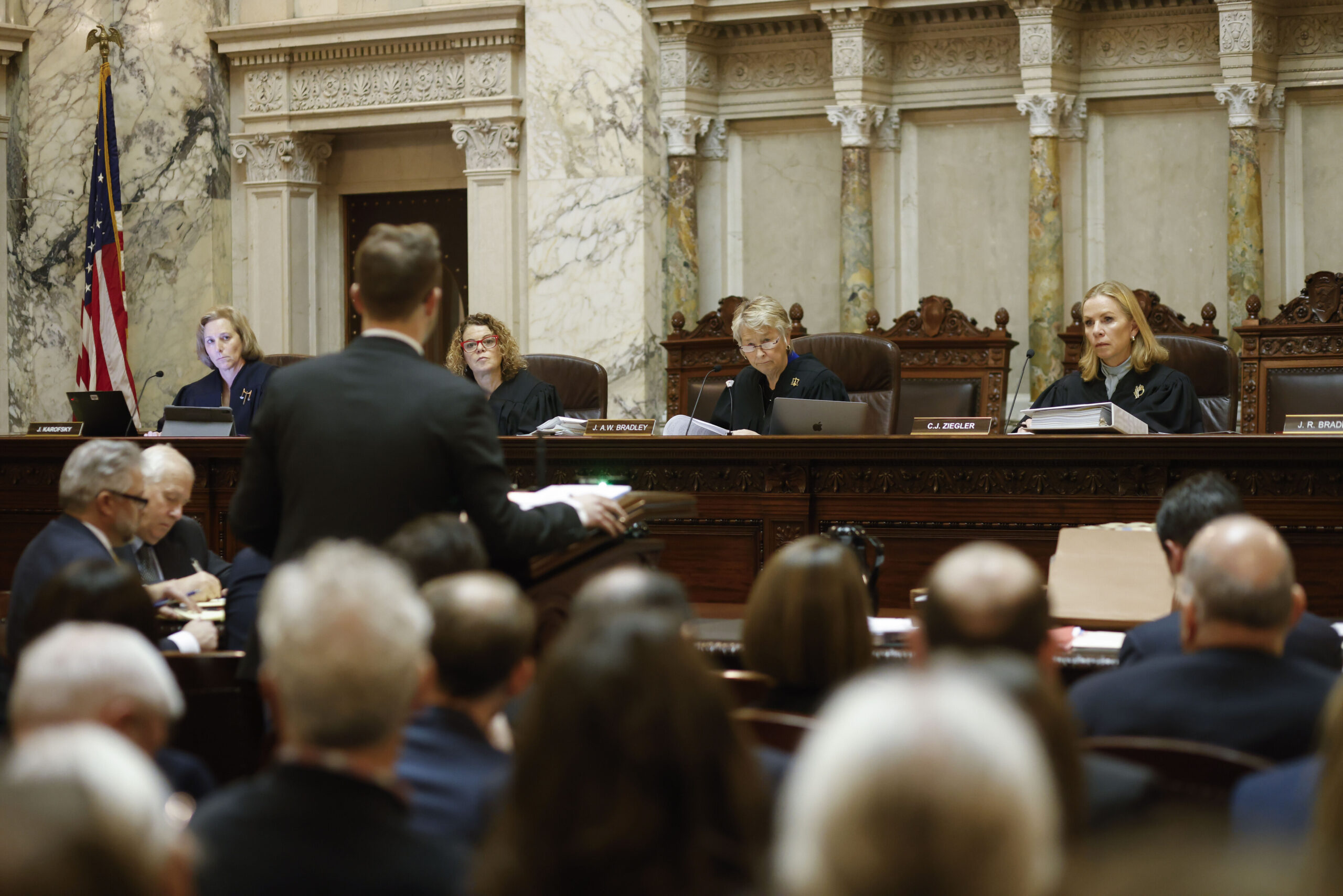With her resounding double-digit victory Tuesday, Janet Protasiewicz handed liberals a majority on the Wisconsin Supreme Court for the first time in 15 years.
But flipping the court didn’t happen overnight. It took years of perseverance from Democrats and an embrace of a new kind of judicial campaign, one that’s more like a race for partisan office. Outside factors, like the U.S. Supreme Court striking down Roe v. Wade, also loomed large.
Protasiewicz’s victory also continued trends in Wisconsin that have been unmistakably positive for Democratic candidates over several elections now.
Stay informed on the latest news
Sign up for WPR’s email newsletter.
And it came to a head in an election that was record-breaking in more ways than one.
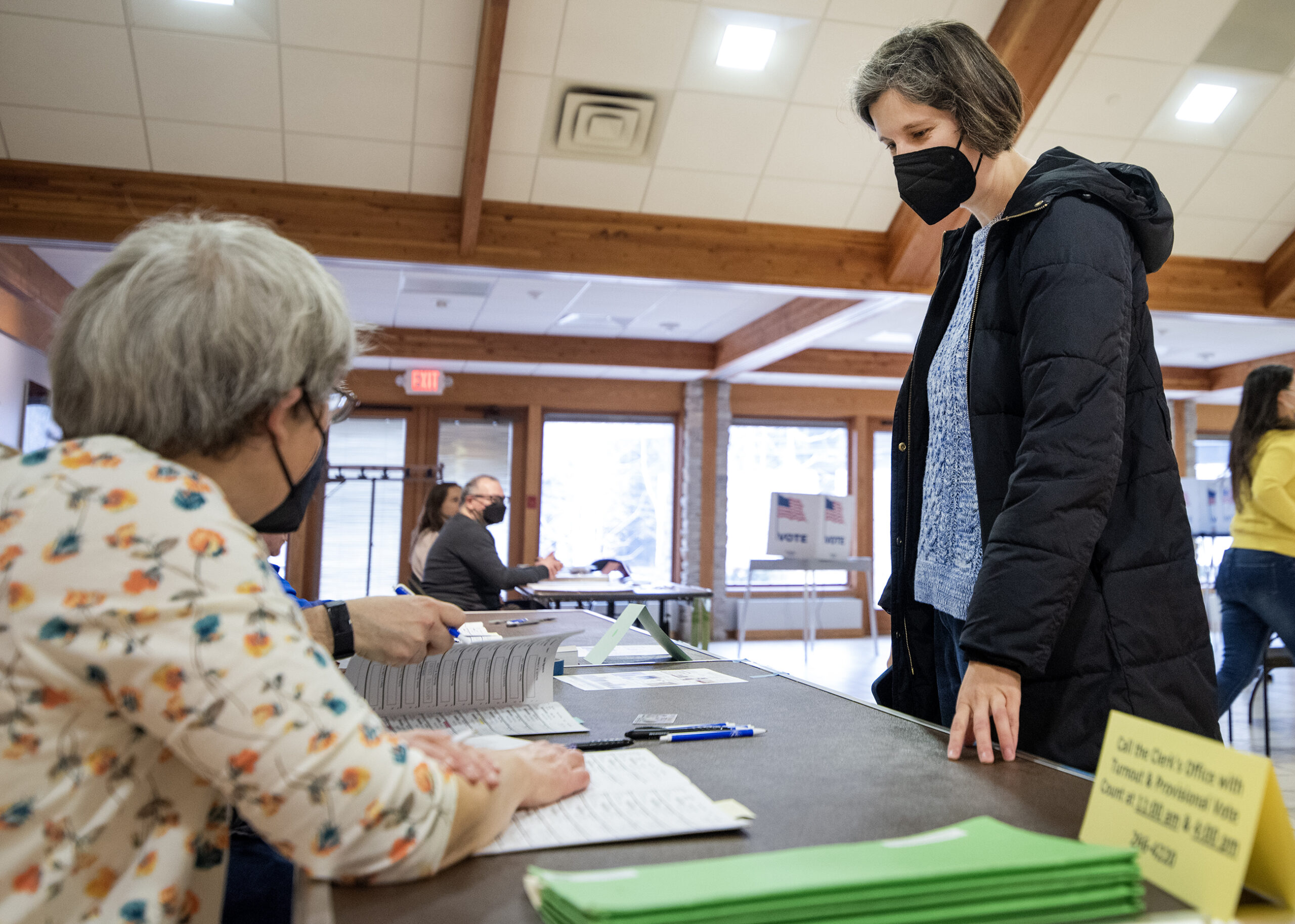
With voters fired up, turnout hit new highs for a supreme court election
When liberals lost their majority on the court in 2008, voter turnout was just 19 percent, which was relatively common at the time. About 830,000 people voted.
When liberals flipped the court back this year, turnout hit 39 percent, as more than 1.8 million people cast ballots.
Both Protasiewicz and former Justice Dan Kelly, the candidate favored by Republicans, hit vote totals that would have once been unheard of for a judicial race. But Protasiewicz’s numbers were the most dramatic as she topped one million total votes and defeated Kelly by an 11 percentage point margin.
“It’s a substantial win in terms of percentages,” said Marquette University pollster Charles Franklin. “It’s an astonishing win in terms of turnout.”
The previous record for turnout in a supreme court race without a presidential primary on the ballot was set in 2011, an election that was widely viewed as a referendum on former Republican Gov. Scott Walker following historic union protests at the state Capitol. That year 1.5 million people voted, and turnout was 34 percent.
For liberal Supreme Court candidates, a pattern emerges
It takes four justices to make a majority on the Wisconsin Supreme court. For liberals, three of those justices have run races that differed sharply from old-fashioned judicial campaigns, where candidates were reluctant to talk about their personal beliefs.
It started in 2018, when liberal Justice Rebecca Dallet campaigned at the state Democratic Party convention and ran ads attacking former President Donald Trump. It continued in 2020, when liberal Justice Jill Karofsky campaigned on her personal values, which included support for public schools and concern over issues like gun safety. And it culminated in 2023, when Protasiewicz voiced support for abortion rights and called the Republican-drawn legislative maps “rigged.”
All three won by double-digits.
“People talk about Wisconsin being a purple state, but when it comes down to the issues that voters care about, there’s a really significant bias in favor of progressives,” said Sachin Chheda, a Democratic consultant who ran Dallet and Karofsky’s races and was a senior advisor for Protasiewicz.
“This one was very clearly litigated on the issues of abortion and democracy,” Chheda said. “And when you talk about those issues, it’s clear the voters of Wisconsin support the progressive view.”
Being willing to talk more openly about issues wasn’t the only similarity. Mark Graul, a Republican operative, thinks the candidates themselves have been more important.
“They’ve all been female, they’ve all been judges, and they’ve all been former prosecutors,” Graul said. “And that’s been a pretty successful formula, not only for liberals, but for conservatives.”
Graul ran Chief Justice Annette Ziegler’s 2007 campaign, when she checked the same three boxes in her successful bid for the court.

Liberal Dane County dominates as conservative ‘WOW’ counties slide left
It’s no secret that Dane County has a long history of churning out the Democratic vote in Wisconsin. And when conservatives won the court 15 years ago, they did so on the backs of Republican turnout in the “WOW” counties of Waukesha, Ozaukee and Washington.
But Dane County is the big kid on the block now, politically speaking. And the Republican influence of the “WOW” counties is waning.
“It used to be that Ozaukee, Washington and Waukesha together produced more net Republican votes than Dane produced net Democratic votes,” Franklin said. “But when you look at these margins (Tuesday) night, Dane County is producing four times as many net votes as the three ‘WOW’ counties together.”
Protasiewicz won 82 percent of the vote in Dane County, receiving about 154,000 more votes there than Kelly.
Kelly came close to losing Ozaukee County, winning just 52 percent of the vote there.
Graul said it’s a continuation of a trend that started in 2016, when Trump burst on the scene and connected with rural voters. The trouble, he said, is that for every rural vote Republicans gain, they’re losing more in the suburbs.
“If it does become permanent, there’s not really a great path for Republicans to ever win a statewide race then,” Graul said. “We have got to have candidates that who can connect with suburban voters.”
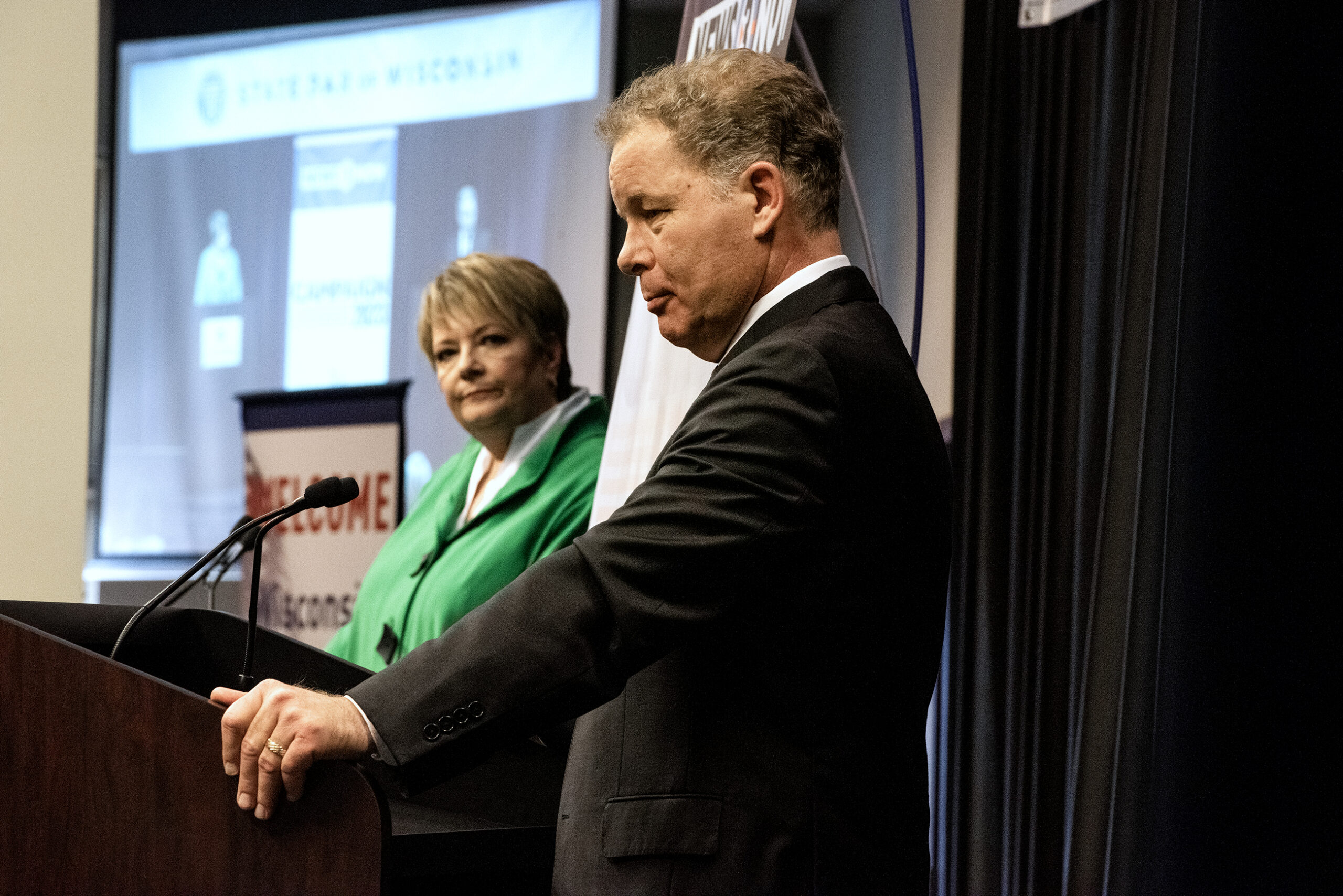
Abortion was on the ballot, but so were other issues
This was the second statewide general election since the U.S. Supreme Court overturned Roe v. Wade, reinstating a pre-Civil War abortion ban in Wisconsin. Democrats defied expectations last November, and in Tuesday’s court race, they dominated.
Anecdotally, it was a top issue for many Democrats, including attorney Jenna Proudfit, who was at the Protasiewicz campaign headquarters Tuesday night.
“This means a lot, frankly,” Proudfit said. “I think it means a lot to every woman that’s in this room, especially just knowing that you’re going to be safe, if anything happens.”
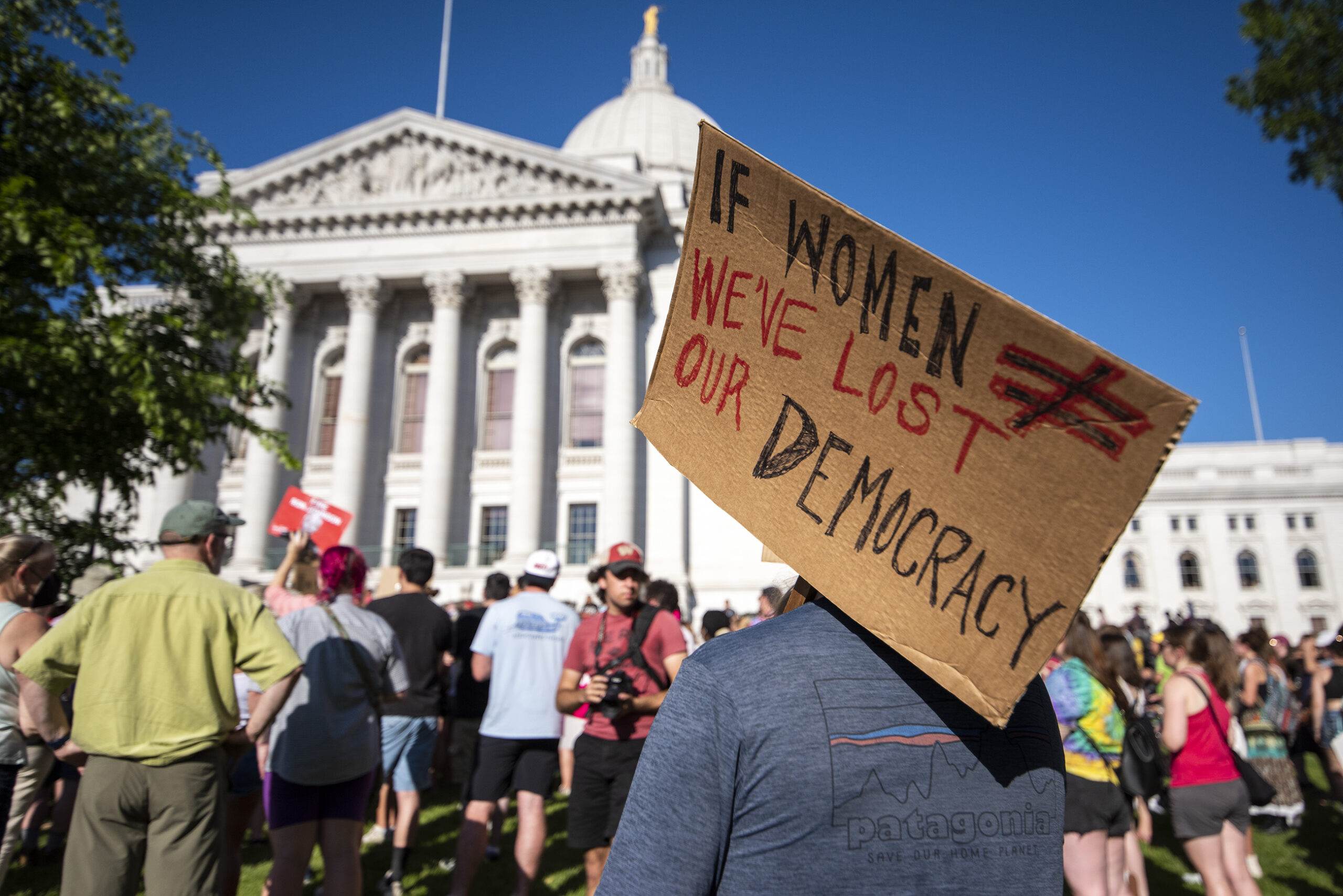
That’s not to say abortion was the only issue. Graul, who lives in Green Bay, said he didn’t see a single TV ad talking about abortion. Instead, he said Protasiewicz’s ads attacked Kelly on other issues, like comments he’d made years ago that were critical of Social Security.
“Yet Janet Protasiewicz won Brown, Outagamie and Winnebago counties,” Graul said. “I think abortion is certainly a piece of that puzzle … but there’s other issues to talk about as well.”
When it comes to talking about the issues, Graul said there are still a lot of voters who want their judicial candidates to be impartial. He doesn’t think conservative candidates will be at a disadvantage in future elections if they tell voters they’ll let the law guide their decisions.
But Chedda said the past few elections prove races for Supreme Court are not that different from other offices.
“You got to tell voters in any race —whether you’re running for governor or Congress or the Senate or the Supreme Court — you have to tell them why it matters to them,” Chheda said. “And you have to connect your candidate’s values to the values of the electorate. Our campaign did that very, very explicitly.”
Wisconsin Public Radio, © Copyright 2025, Board of Regents of the University of Wisconsin System and Wisconsin Educational Communications Board.
